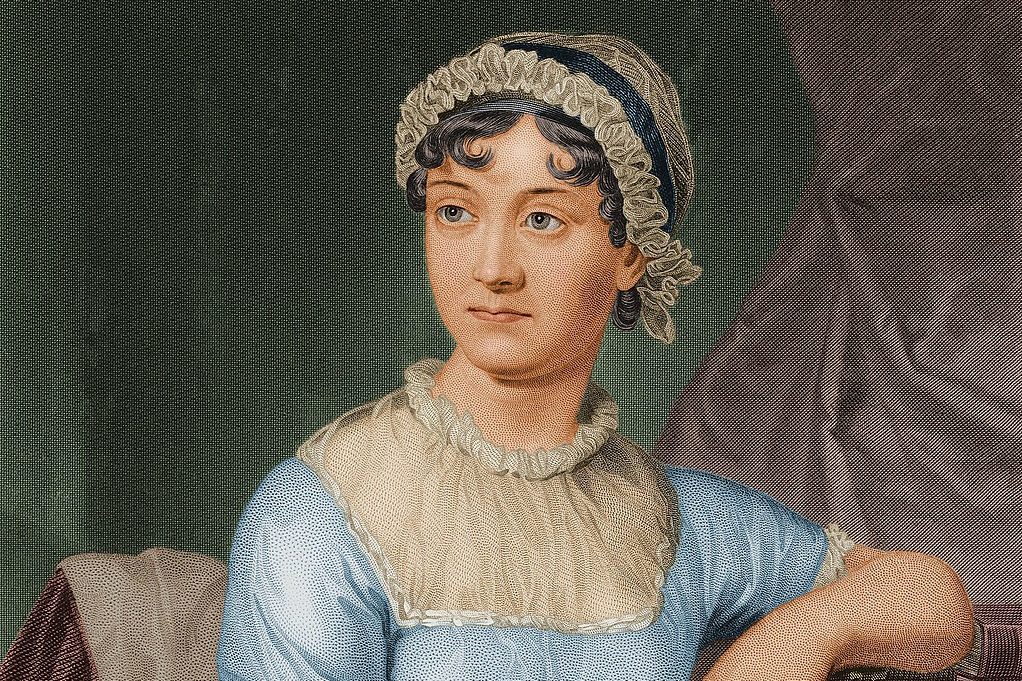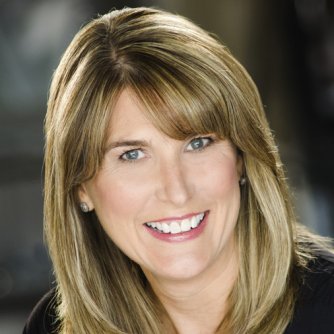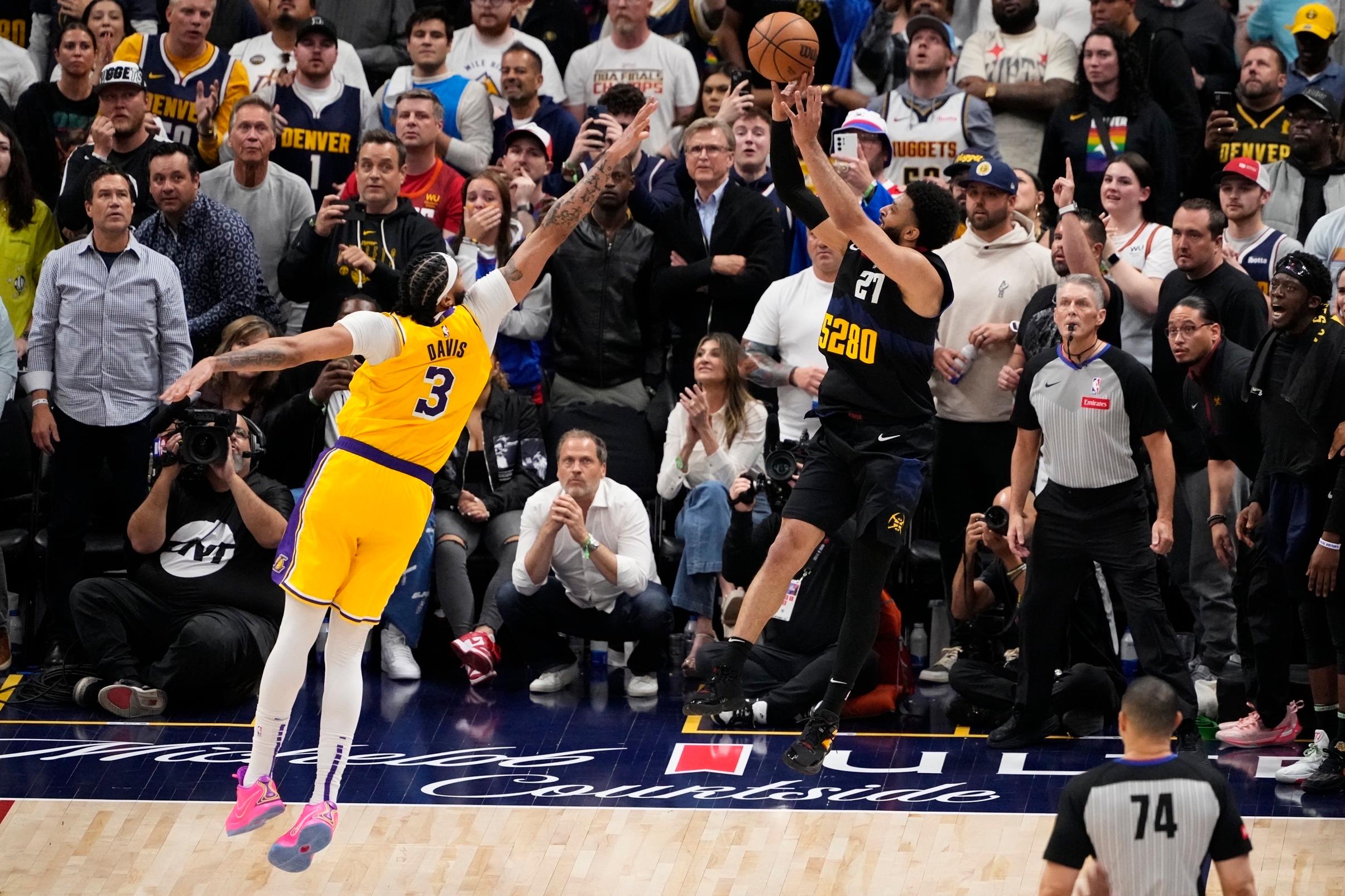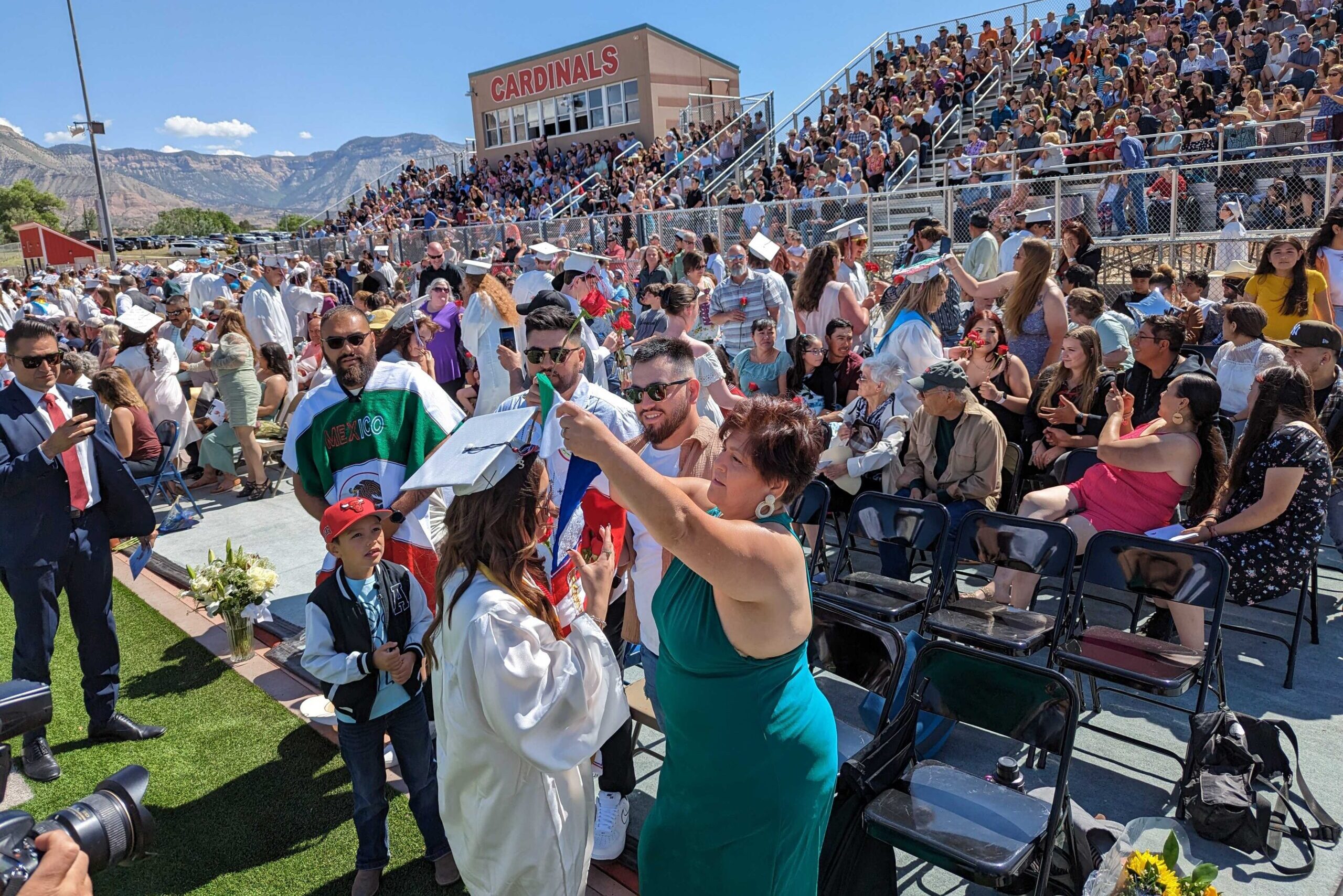
As we’ve reported on classroom innovation, we’ve asked teachers and others to tell us about what they’re doing in their schools to help students get more engaged. More than 40 of them did just that, and if there was a common theme it was this: Most of them notice that things aren’t going well in their classroom, and they want to try something new.
“I noticed that when the kids were leaving my art classroom they were taking the art project and throwing it in the trash. And I just felt like there was this big disengagement between what I was teaching and my students,” was how Jessica Ruby, a Weld County teacher, described her own scenario.
Her response: Turn the tables. Let the students choose which projects to pursue. Let them choose what medium they wanted to work on, and how they wanted to design their learning. As a result, she had students coming in with work they made on the weekends. And one student was able to design a video project that Ruby would never have suggested. She’s designing with them, and allowing for tons of feedback from the kids.
Another trend: Some educators have turned into entrepreneurs. Kim McGrigg, the director of communication for Junior Achievement in Denver, was really bored with the games she was playing with friends, so she decided she would create one herself. “Not a Problem,” with help from a Kickstarter campaign and input from from kids, ended up catching on in over 300 schools across the country. The game’s goal is to secure an investment from a crazy investor, a lot like what you do on the television show Shark Tank.
McGrigg says teachers are dying to get their students these kind of experiences.
Teacher Janessa Boulay created a software program called Boulay Bank that allows for kids to learn about finance and create a whole economy in the classroom. It’s pretty advanced. It even addresses buying or renting homes — but students have to buy and rent their desks.
“Students get to choose between renting and buying their desk, and if they choose to buy their desk, or purchase their desk, they see their desk value appreciate, which is a really cool lesson for kids to learn the difference between renting and buying,” she said. It gets students talking about being house poor, when you spend a large portion of your money on housing costs, like a mortgage and maintenance fees. These are real issues and topics Denver families are facing.
Boulay says her software has helped her students teach finance to their parents. A majority of her student live in some degree of poverty so finance is a big issue in the home. She says a lot of students’ first language isn’t English, so they’re learning terms, like “compound interest” and “mortgage” for the first time, and helping their parents learn too.
Shawn St. Sauveur, a school health and wellness coordinator, hit on the idea using business to get kids excited about their health. It started when a teacher saw an ad for uBiome, a company in San Francisco that tests for microorganisms, especially in the gut. Students wrote to uBiome and the company sent the kids hundreds of free test kits. St. Sauveur saw one of his worst students academically become one of his most engaged.
“And she came up to me. She’s like, ‘Mister, look what I learned,” and she wrote on this board and drew this elaborate picture of her gut and explaining why she craves junk food and how she needs to eat more fruits and vegetables to feed the good bacteria so that it’ll get bigger so that the bad bacteria will die out so she’ll start craving fruits and vegetables and eating healthier.”
St. Sauveur said this sort of innovative approach helps not only his students, but his role as a health educator. He says the project spans multiple subjects and connects with the real world.
“Because we’re not math and literacy we don’t really fit in, and so we’ve been able to partner and really make health a priority, but we’re really putting a science spin on it,” he said. “And our students are really learning about science but at the same time they’re also learning about their overall health and wellness.”
St. Sauveur says some students at the school struggle with substance abuse. So he approached a group that brings in natural medicinal herbs to help students learn alternatives to drug use. They taste new herbs, and meditate. He says the group started slowly, but now students have completely taken over the organization of the group and they say it’s one of their favorite parts of school.









